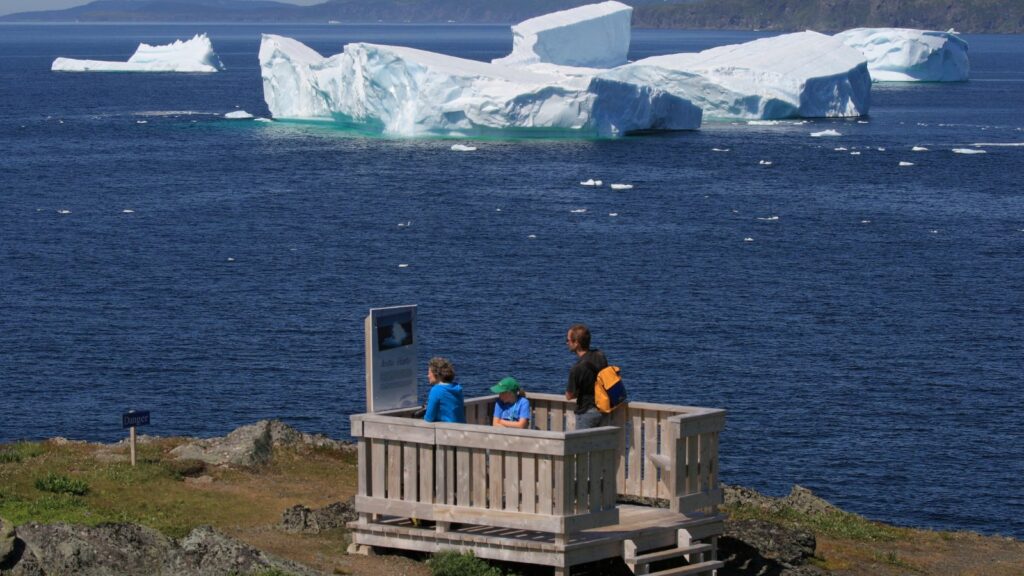Canada is home to some of the most breathtaking and diverse natural landscapes on Earth. From rugged coastlines and majestic mountains to sprawling tundra and lush forests, the country offers an unparalleled wealth of natural beauty. But, the accelerating impacts of climate change are threatening these iconic regions. Rising temperatures, shifting ecosystems, melting glaciers, and more frequent extreme weather events are placing immense stress on these cherished places. Here are 19 of Canada’s most stunning landscapes currently at risk due to climate change.
Banff National Park, Alberta
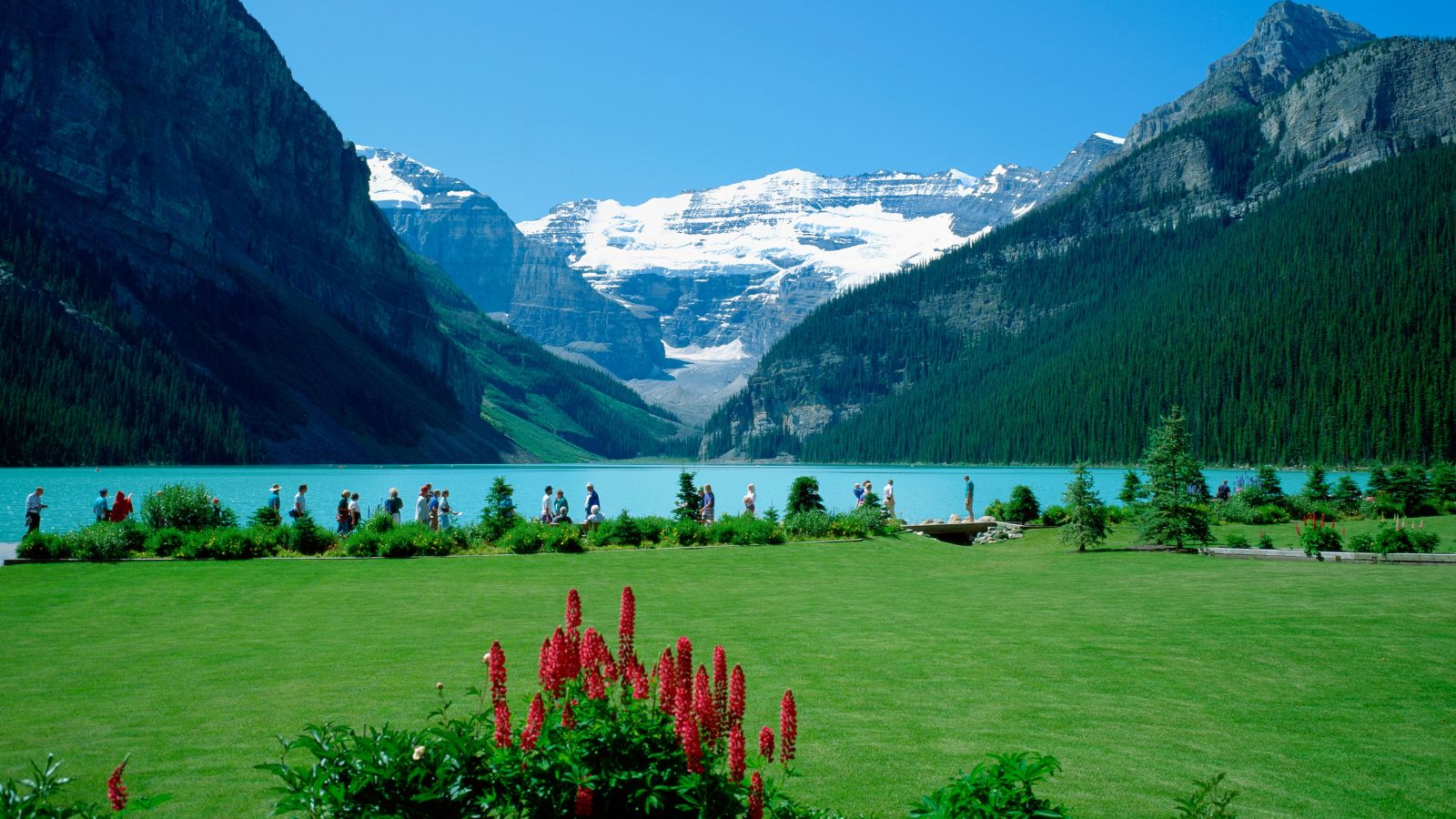
As Canada’s oldest national park and a UNESCO World Heritage Site, Banff is renowned for its turquoise lakes, snow-capped mountains, and dense forests. However, warming temperatures are shrinking the park’s glaciers and altering precipitation patterns. This is affecting both biodiversity and water sources, with ecosystems struggling to adapt. Winter sports industries also face shorter seasons, putting local economies in jeopardy.
Great Bear Rainforest, British Columbia
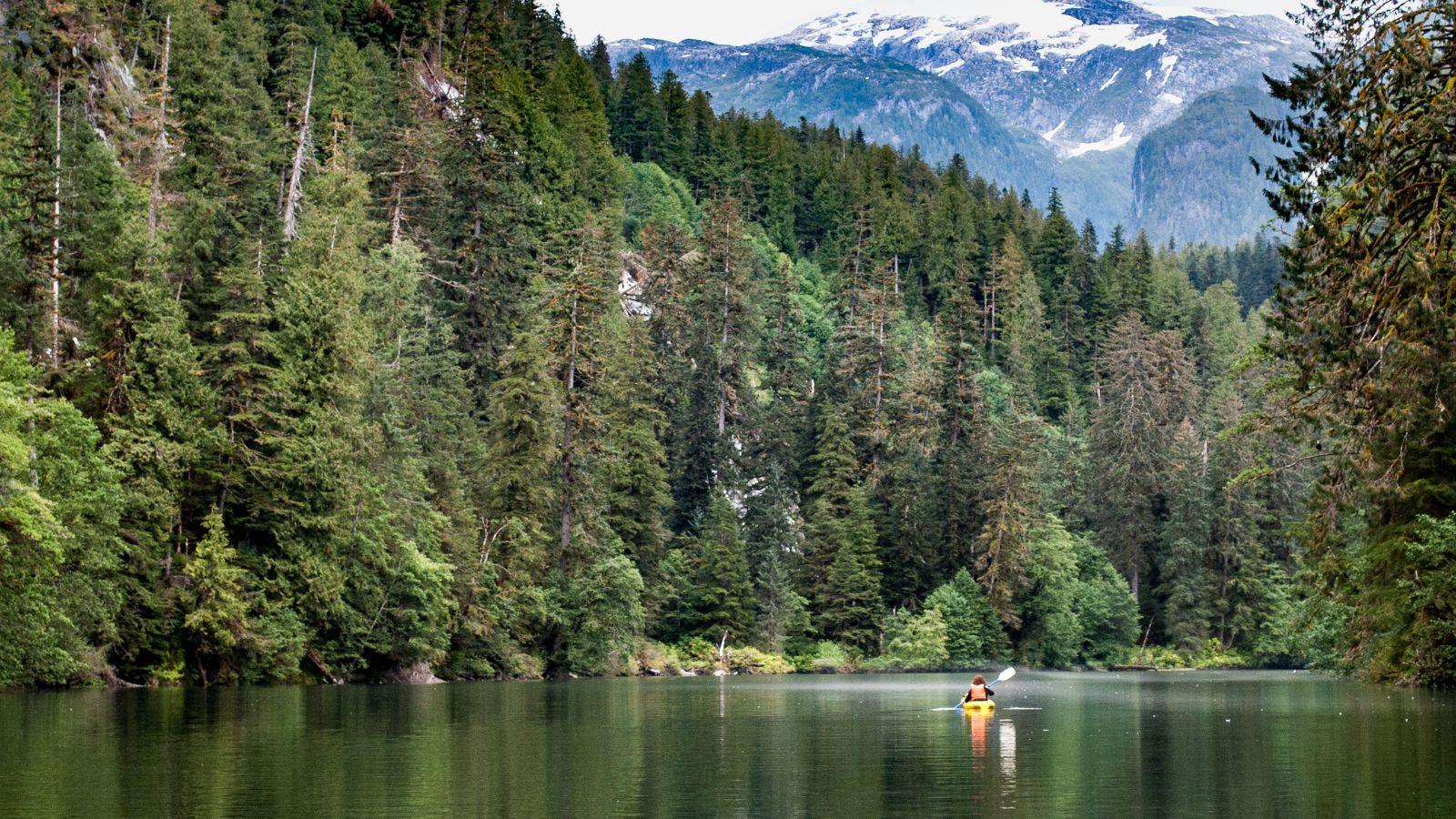
This ancient temperate rainforest, one of the largest remaining in the world, is home to the rare white Spirit Bear and a wide array of unique species. Climate change has led to warmer, drier summers, increasing the risk of wildfires in an area historically too damp to burn. Changes in ocean temperature also disrupt salmon populations, which are critical to the food web.
The Arctic Archipelago, Nunavut
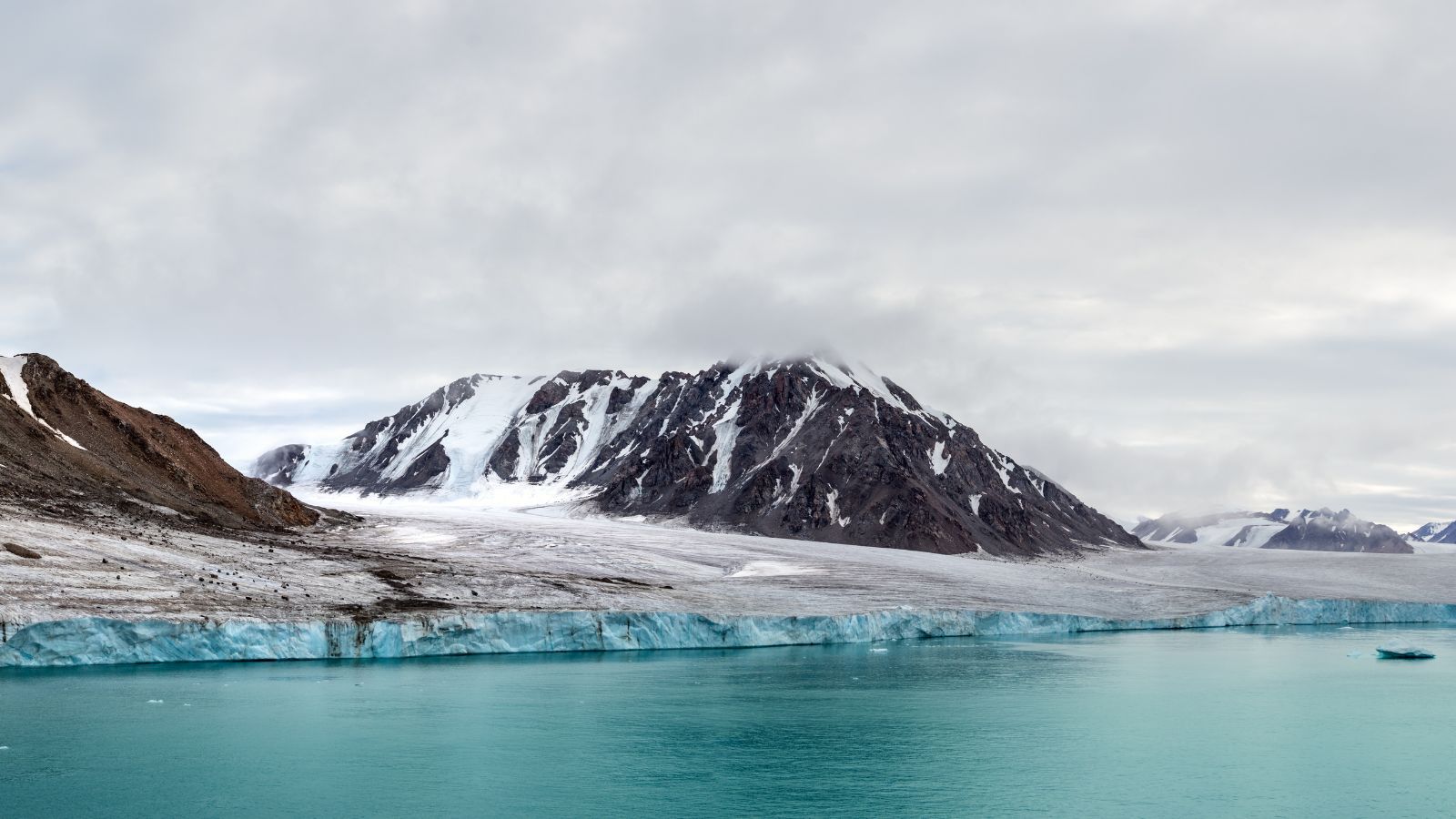
Canada’s Arctic islands, covered in vast stretches of ice and tundra, are on the front lines of climate change. Sea ice is disappearing at alarming rates, threatening the survival of polar bears, seals, and traditional Inuit lifestyles. Permafrost thaw is destabilizing communities and ecosystems, creating challenges for infrastructure and displacing wildlife.
Columbia Icefield, Alberta and British Columbia
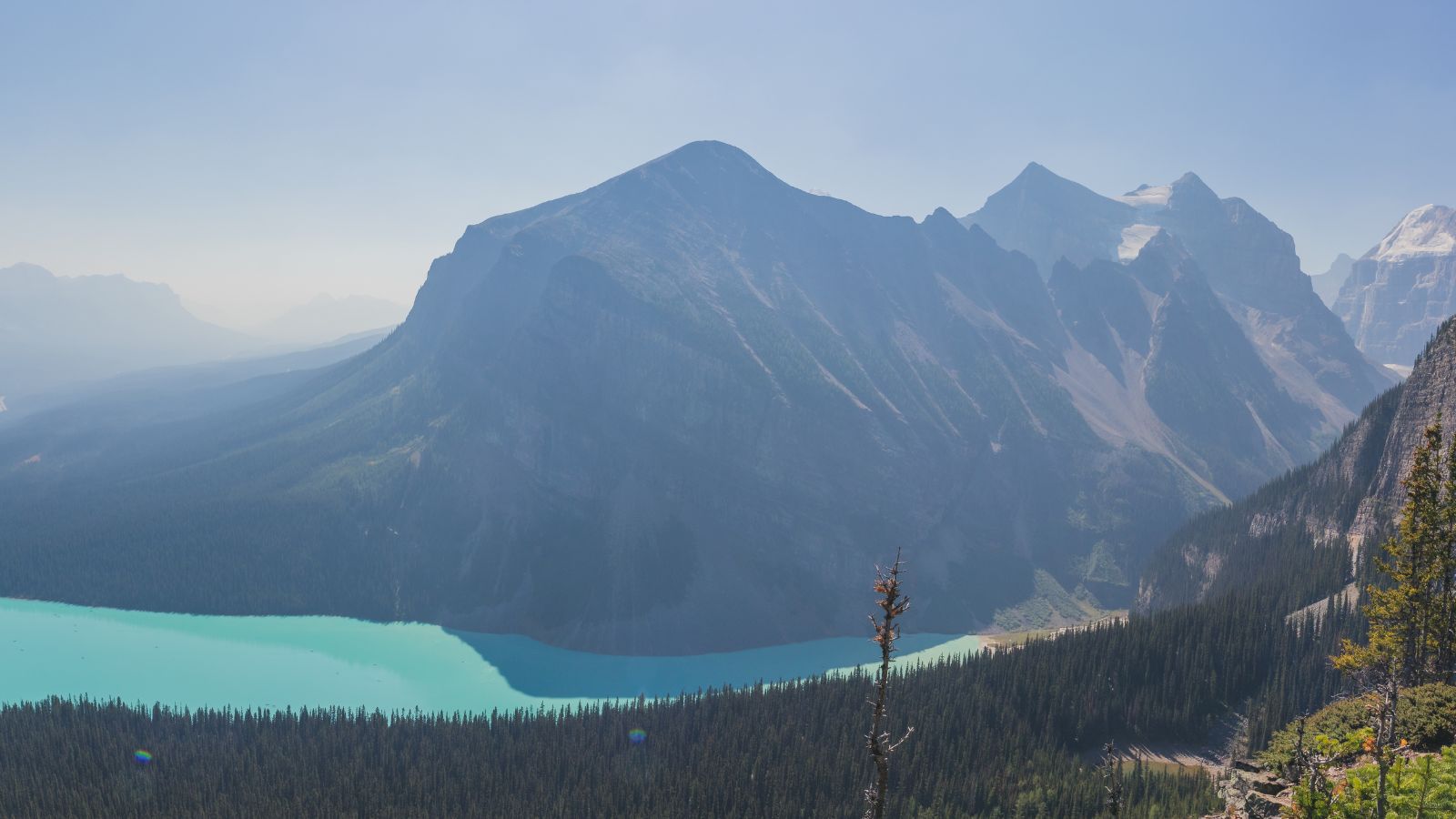
Located in the Canadian Rockies, the Columbia Icefield feeds several major rivers and is one of the largest ice masses in North America south of the Arctic. Rising temperatures are causing it to recede rapidly. Meltwater volume is declining, threatening water supplies for millions downstream and altering aquatic ecosystems in the region.
Bay of Fundy, New Brunswick and Nova Scotia
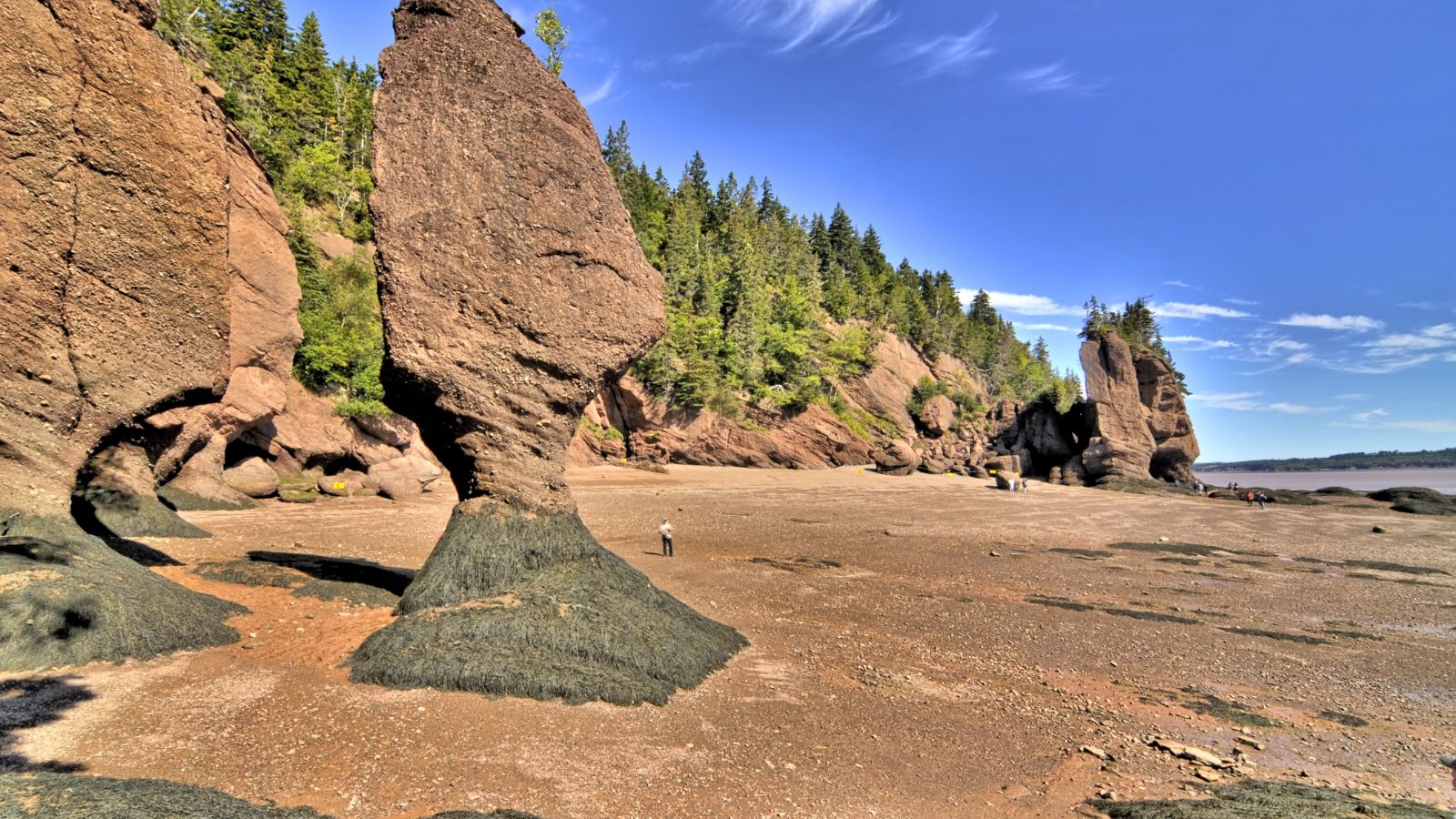
Famous for having the highest tidal range in the world, the Bay of Fundy is undergoing dramatic shifts. Sea level rise and more intense storms are causing increased coastal erosion and flooding. Salt marshes and intertidal zones are also at risk, impacting migratory bird species and other coastal wildlife that depend on these habitats.
Boreal Forest, Across Northern Canada
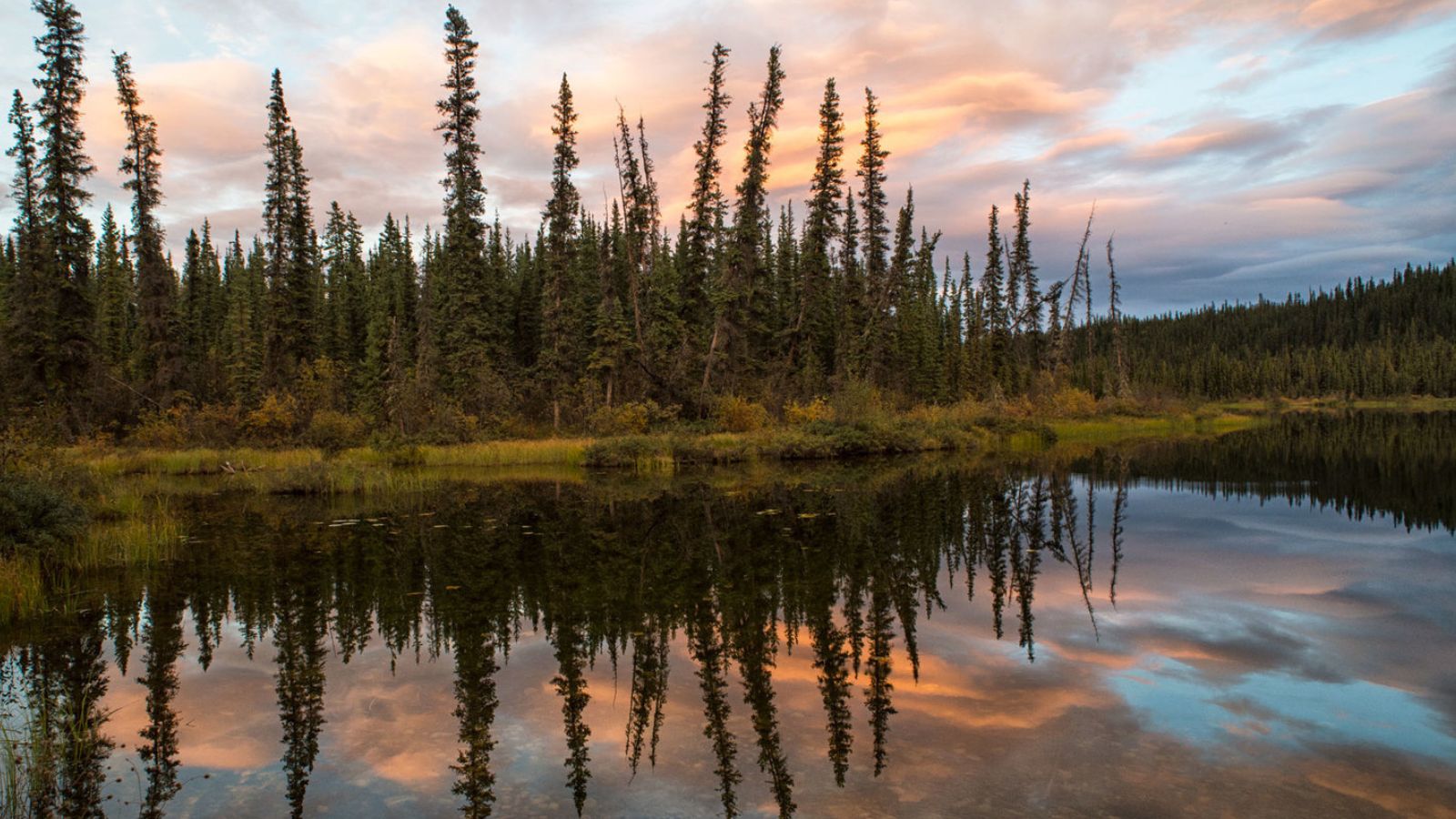
Stretching from the Yukon to Newfoundland, the boreal forest is one of the largest intact forest ecosystems on Earth. It plays a crucial role in carbon storage and climate regulation. However, warming temperatures and drier conditions have led to more frequent and intense wildfires, widespread pest outbreaks like the mountain pine beetle, and shifts in tree species distribution.
Gros Morne National Park, Newfoundland and Labrador

This UNESCO World Heritage Site showcases dramatic geological features and ancient rock formations. Rising sea levels and warmer temperatures are altering delicate alpine and coastal ecosystems. Native species like the Arctic hare are moving northward or upward, leading to increased competition and declining biodiversity.
Yukon’s Glacial Valleys
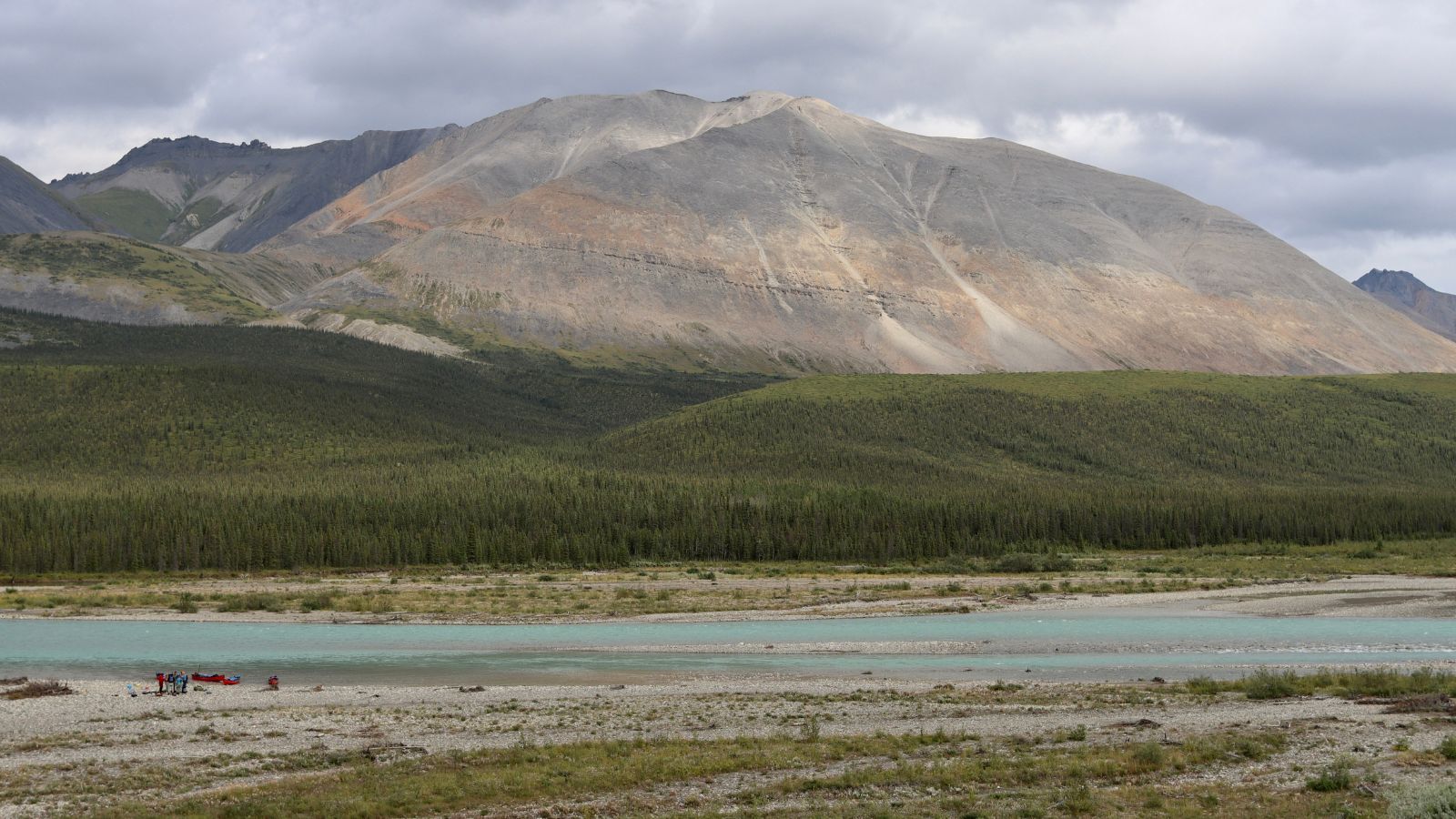
The glaciers in Yukon’s valleys, particularly in Kluane National Park, are among the fastest retreating in the world. As they melt, they reveal previously ice-covered terrain, transforming ecosystems and releasing ancient carbon stores. The melt also disrupts freshwater supplies and affects the flow of rivers critical to wildlife and communities.
Hudson Bay Lowlands, Manitoba, Ontario, and Quebec
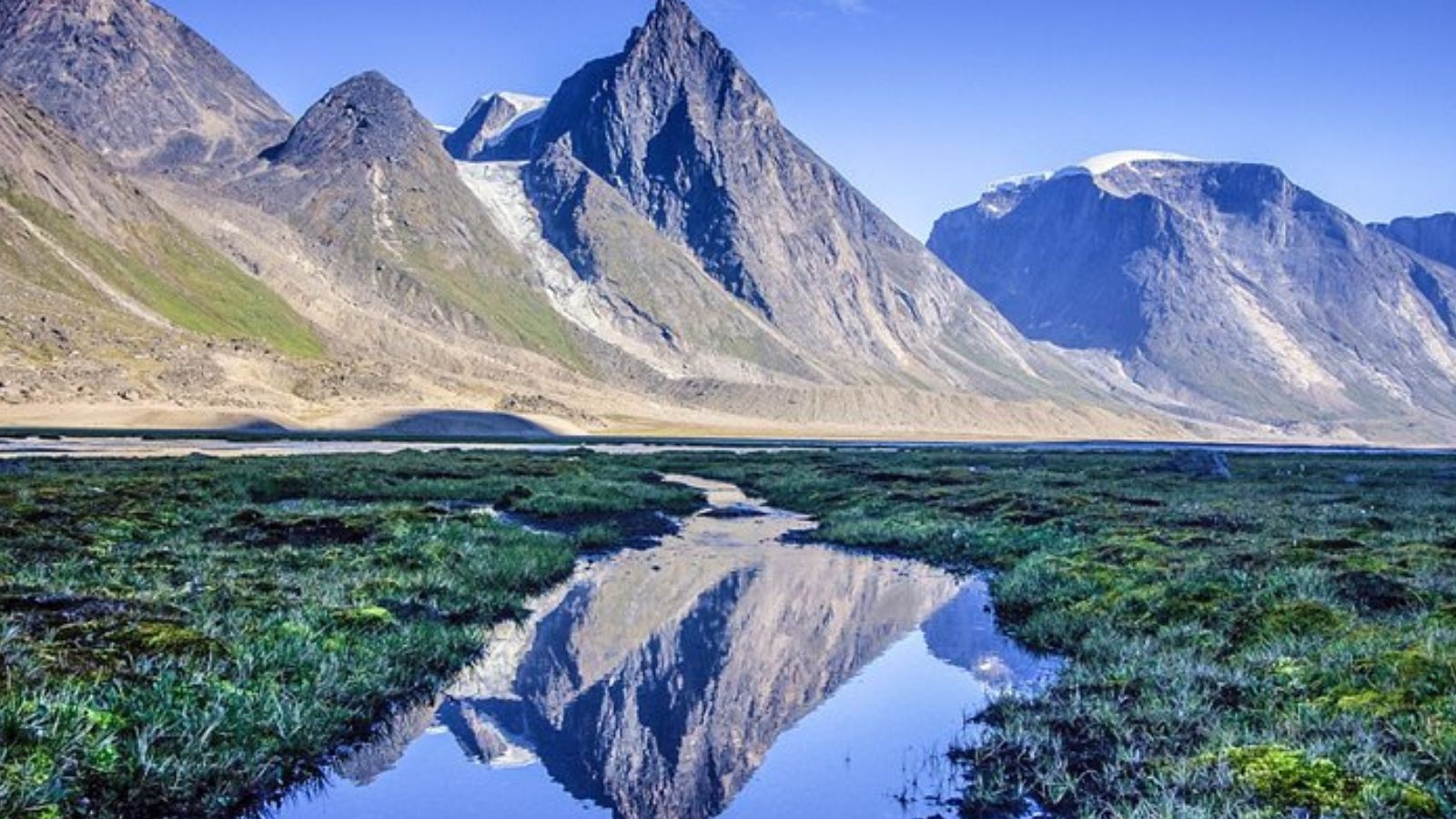
This vast peatland is one of the world’s largest wetlands and a crucial carbon sink. As the climate warms, permafrost in the region begins to thaw, releasing carbon dioxide and methane, potent greenhouse gases. Changes in water levels threaten migratory bird populations and undermine the region’s role in regulating Earth’s climate.
Pacific Rim National Park Reserve, British Columbia
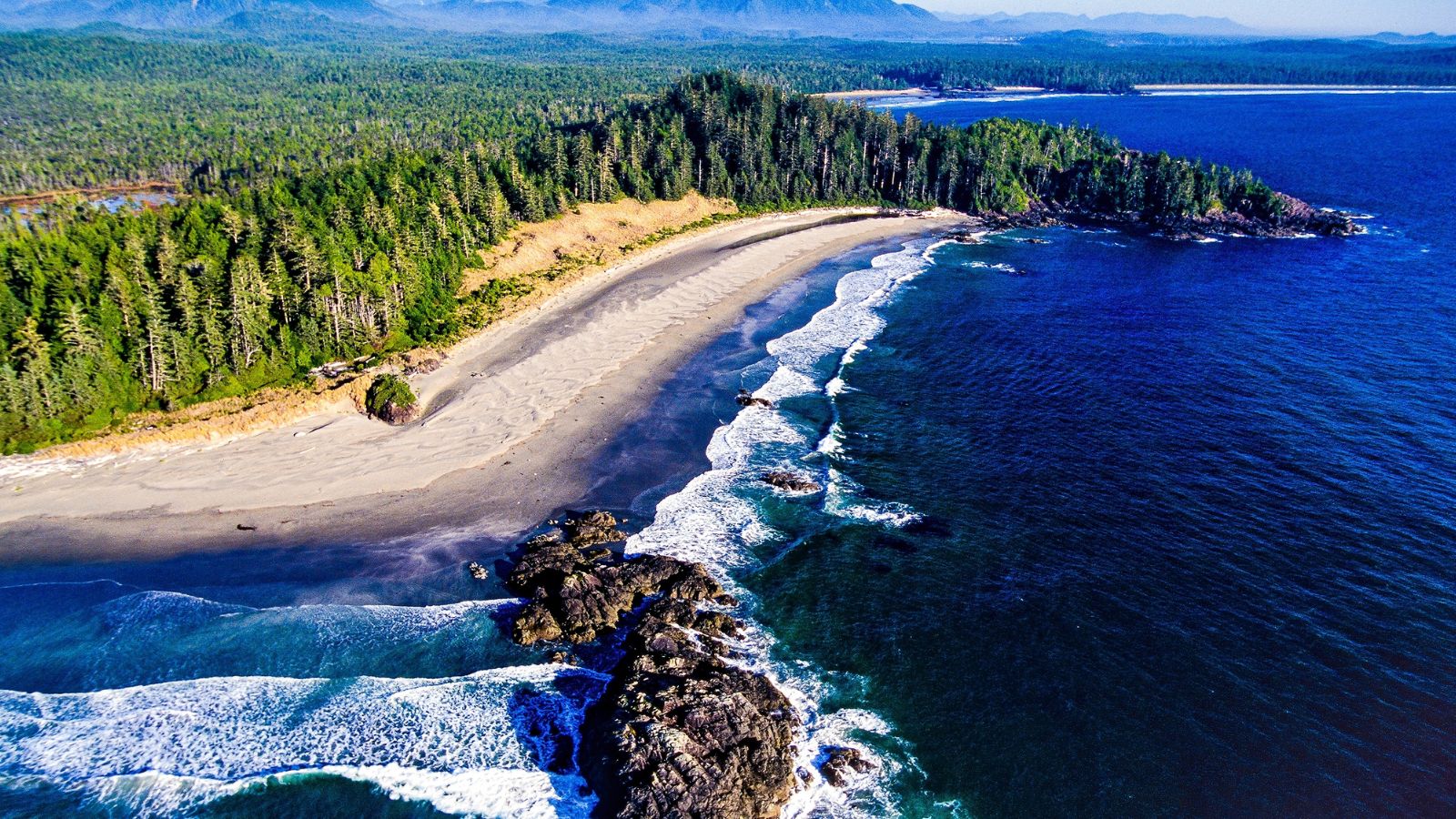
Stretching along Vancouver Island’s wild west coast, this region is known for its storm-battered beaches, ancient forests, and rich marine life. Rising ocean temperatures and acidification are harming kelp forests and shellfish. Increased storm activity and sea level rise also erode coastal ecosystems and impact indigenous communities relying on marine resources.
Prairie Grasslands, Alberta, Saskatchewan, and Manitoba
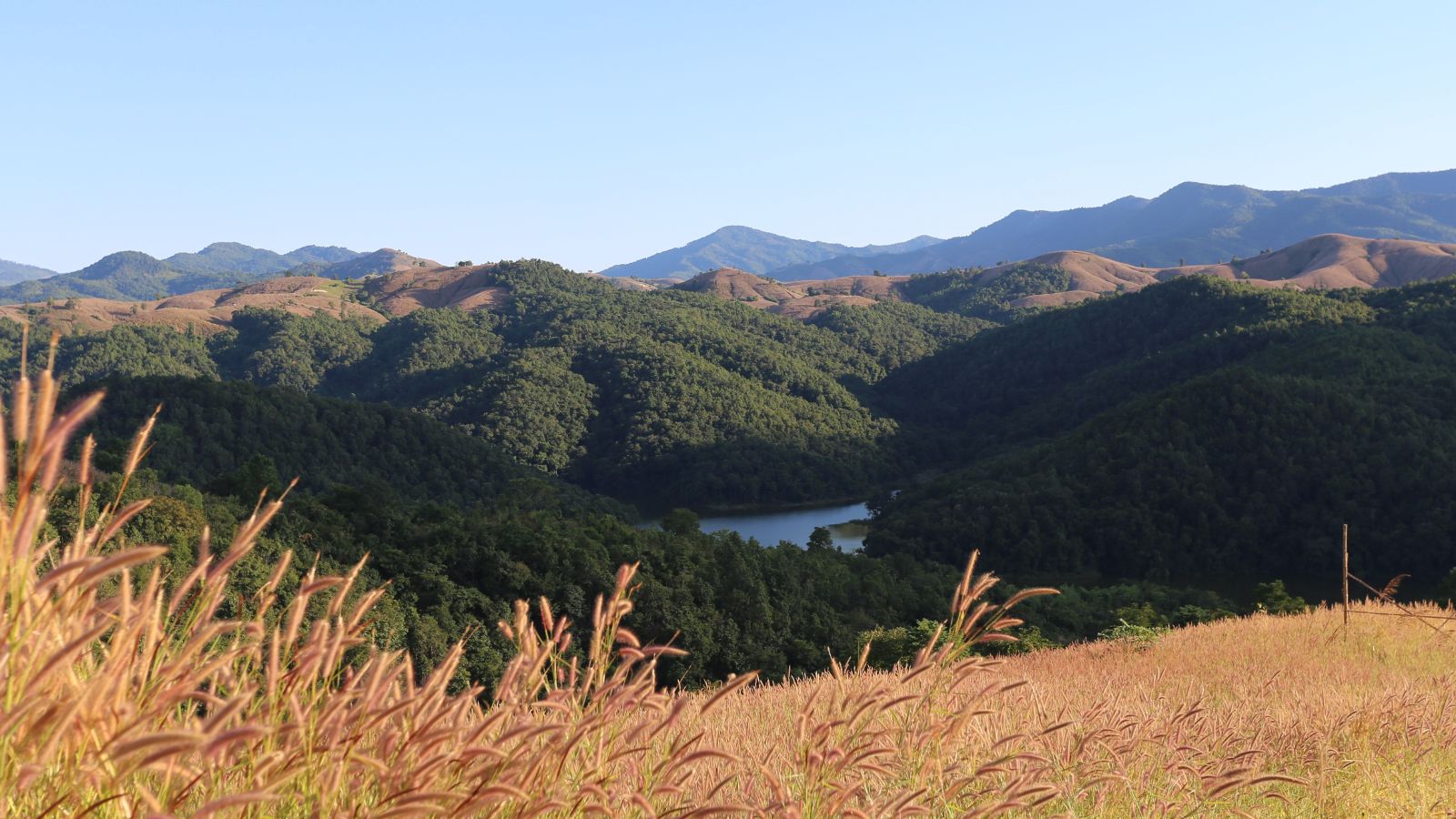
Often overlooked, Canada’s grasslands are biodiversity hotspots and vital carbon sinks. Prolonged droughts, extreme weather, and shifting precipitation patterns linked to climate change are stressing native species and degrading soil health. Agricultural pressures further compound these threats, reducing the resilience of these ecosystems to environmental stressors.
Niagara Escarpment, Ontario
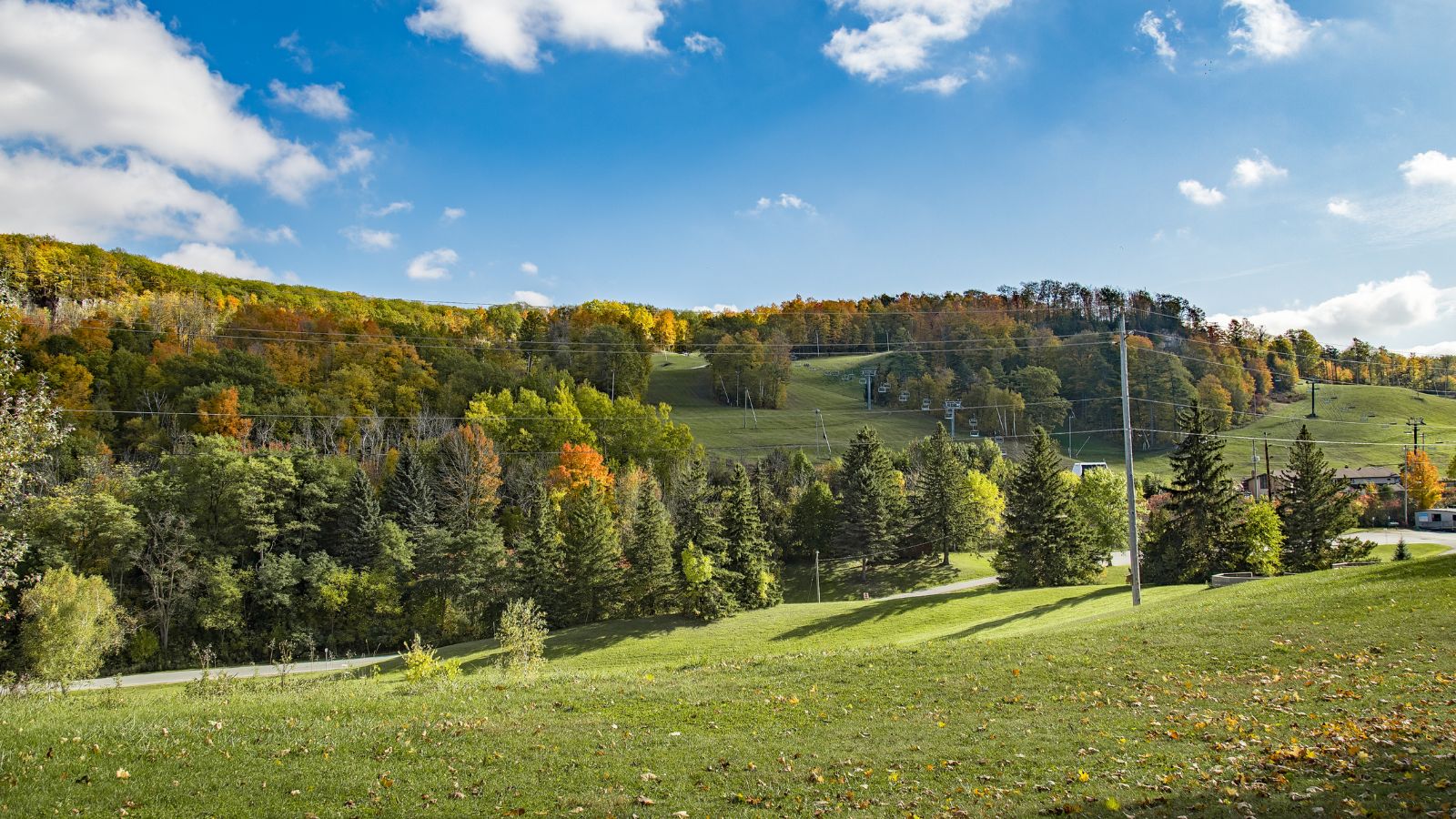
This UNESCO-designated biosphere reserve features unique geological formations and diverse forests. Warmer winters and unpredictable precipitation are altering growing seasons, affecting maple syrup production and native plant life. The changing climate also puts stress on local species, such as the endangered Jefferson salamander, and increases the risk of invasive species proliferation.
The Laurentians, Quebec
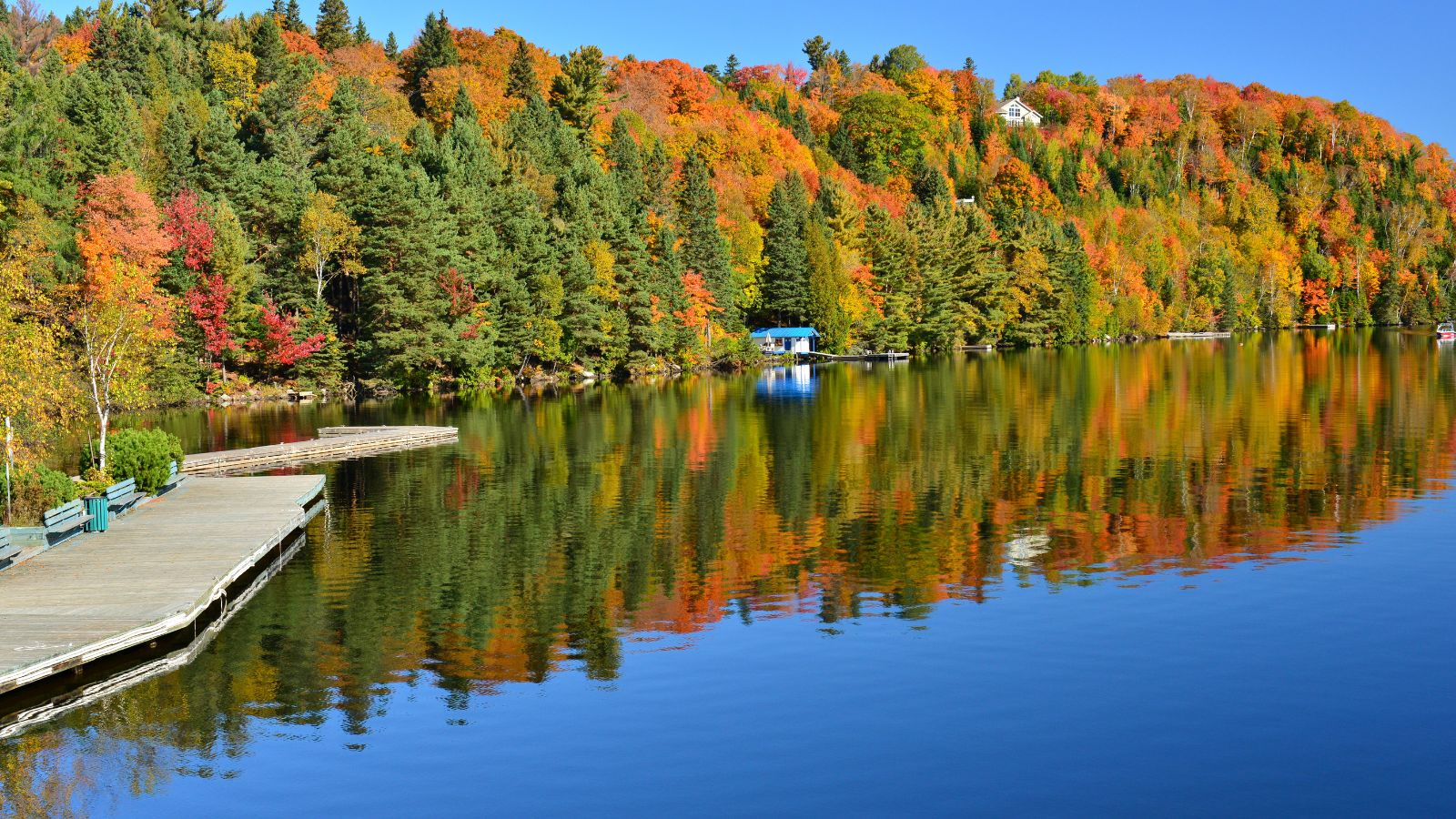
Known for vibrant autumn foliage and winter sports, the Laurentian Mountains are experiencing shorter winters and warmer summers. These changes affect not only the tourism industry but also forest health, with species such as sugar maple being pushed northward. The shift impacts everything from local economies to traditional cultural practices.
The Okanagan Valley, British Columbia
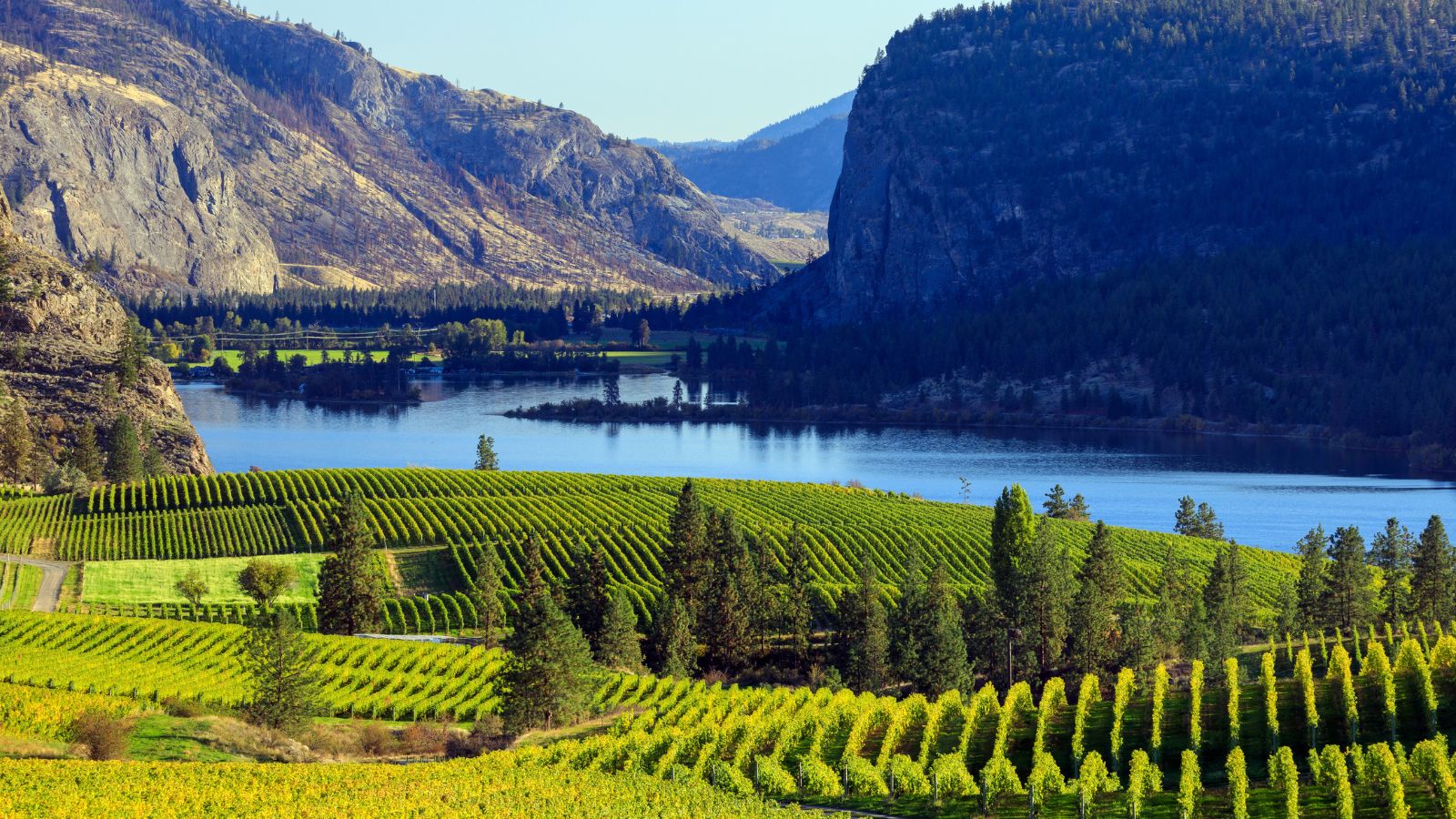
This region, famous for its vineyards and orchards, faces increasing threats from drought and wildfires. Reduced snowpack in surrounding mountains affects water availability for agriculture and natural ecosystems. Warmer temperatures also introduce pests and diseases previously unseen in the area, challenging both farmers and conservationists.
The Mackenzie River Delta, Northwest Territories
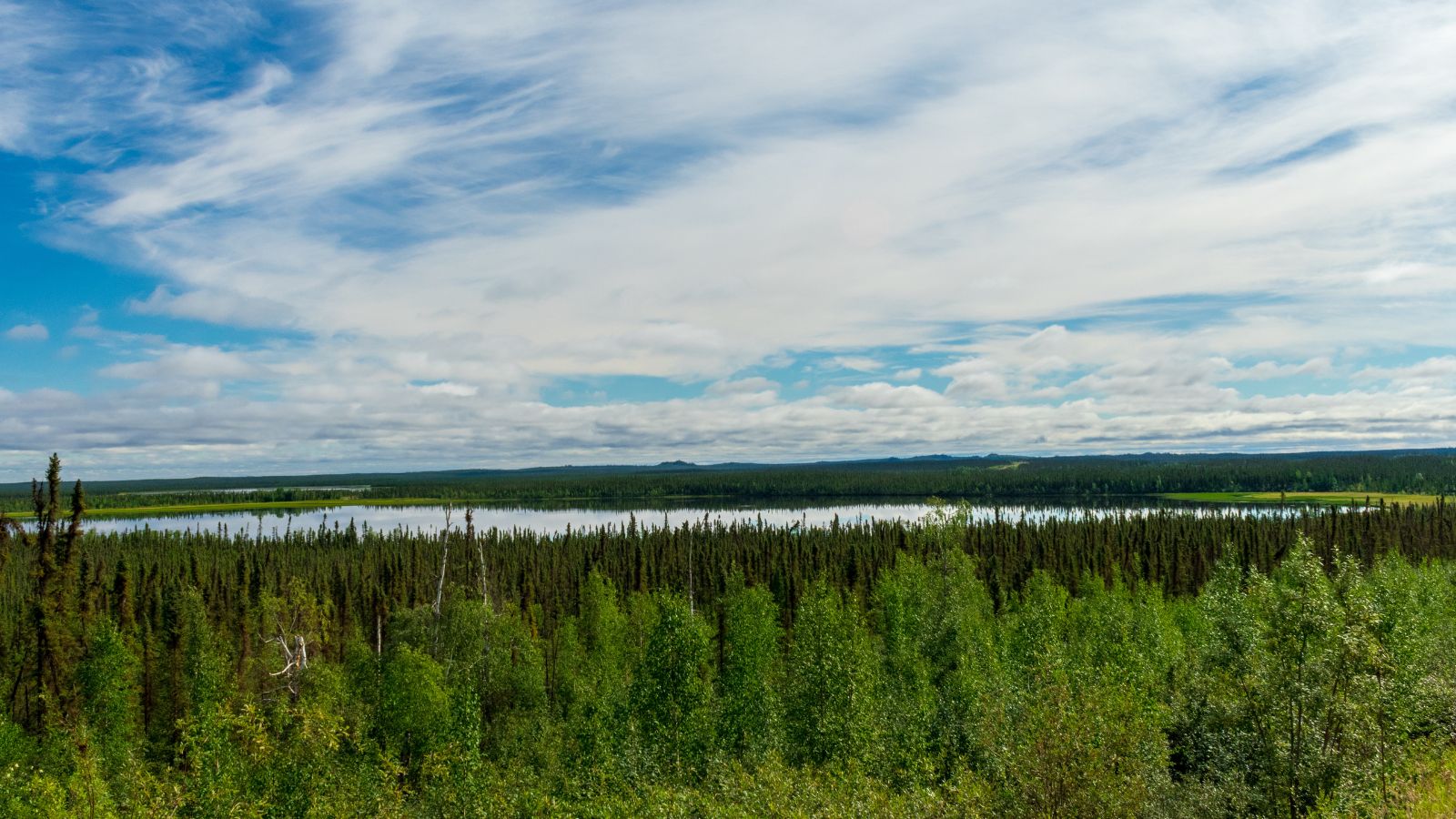
One of the largest Arctic deltas in the world, this region supports diverse wildlife and Indigenous communities. Thawing permafrost and rising sea levels are causing shoreline erosion and altering the flow of rivers. These changes disrupt fish populations, critical bird habitats, and the traditional way of life for local residents.
Cape Breton Highlands, Nova Scotia
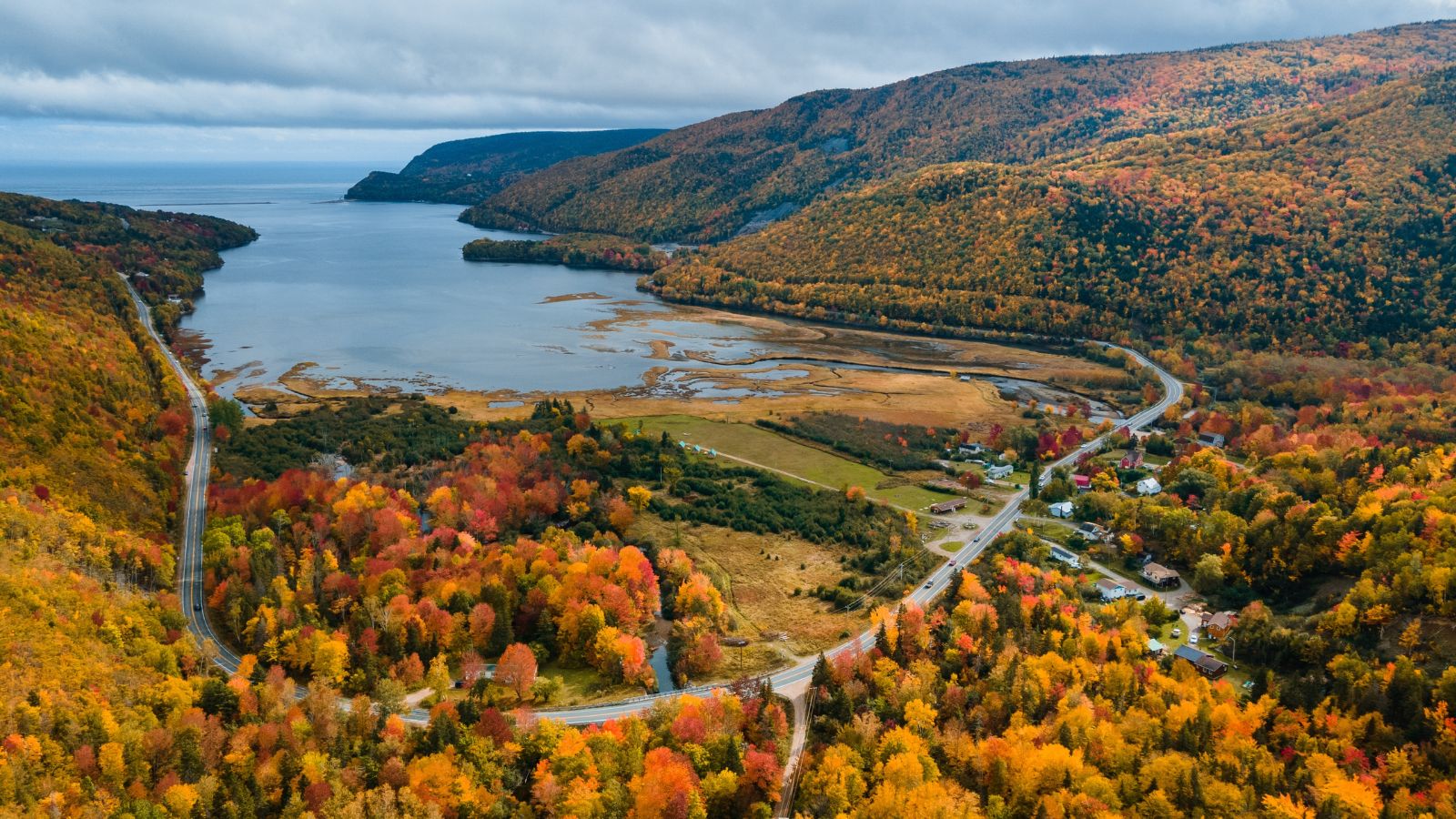
Characterized by steep cliffs, dense forests, and sweeping coastal views, the Cape Breton Highlands are vulnerable to both oceanic and atmospheric climate impacts. Warmer ocean temperatures threaten marine life such as Atlantic salmon, while changing precipitation patterns stress inland forests. Tourism, a major local industry, may also suffer from altered seasonal patterns.
Iceberg Alley, Newfoundland and Labrador
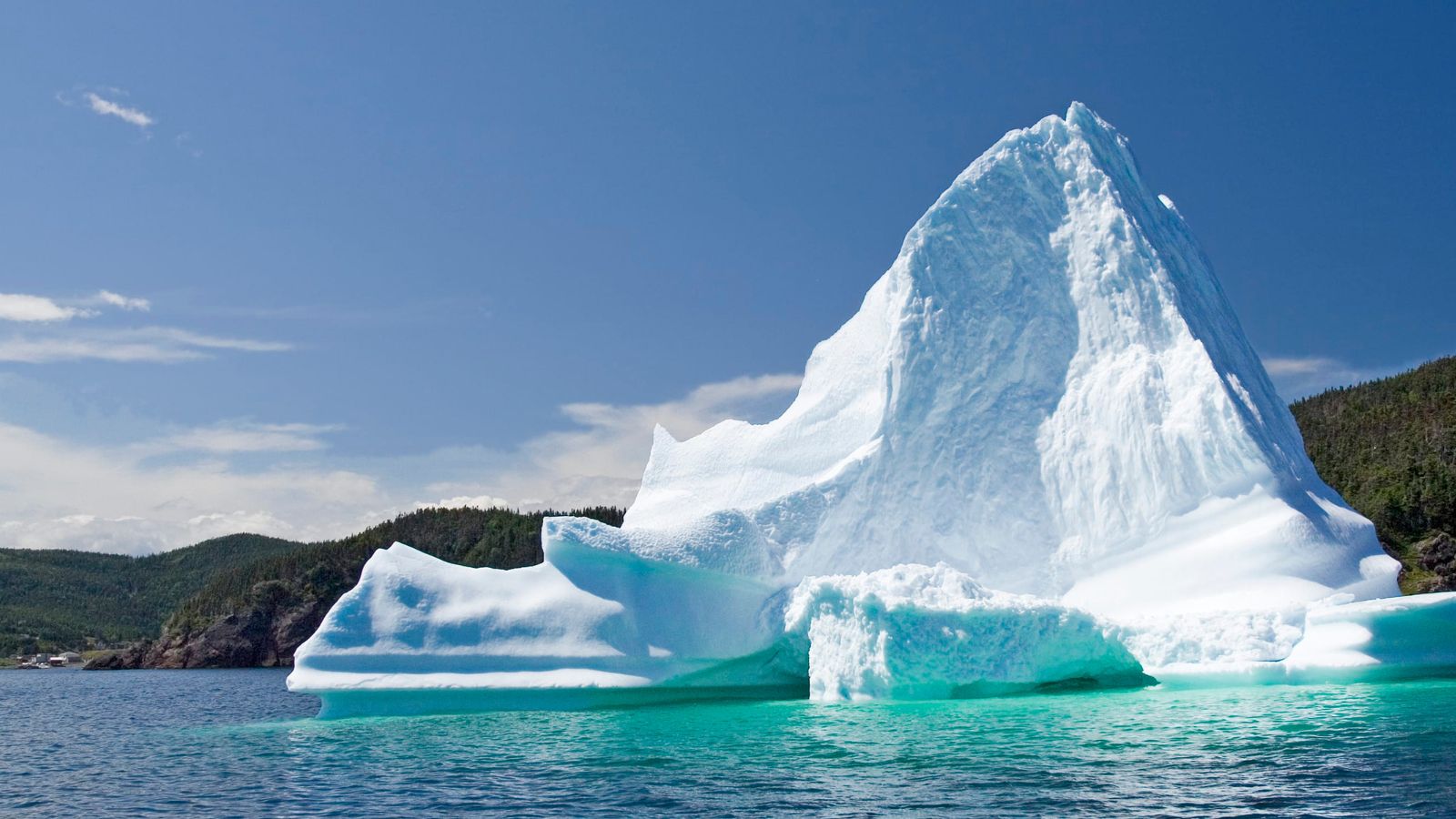
Each spring, icebergs drift down from Greenland along Canada’s eastern seaboard, drawing tourists and scientists alike. But with Arctic ice melting faster than ever, the size and number of icebergs in Iceberg Alley are decreasing. This phenomenon is also a harbinger of profound change in the North Atlantic’s climate systems.
Waterton Lakes National Park, Alberta
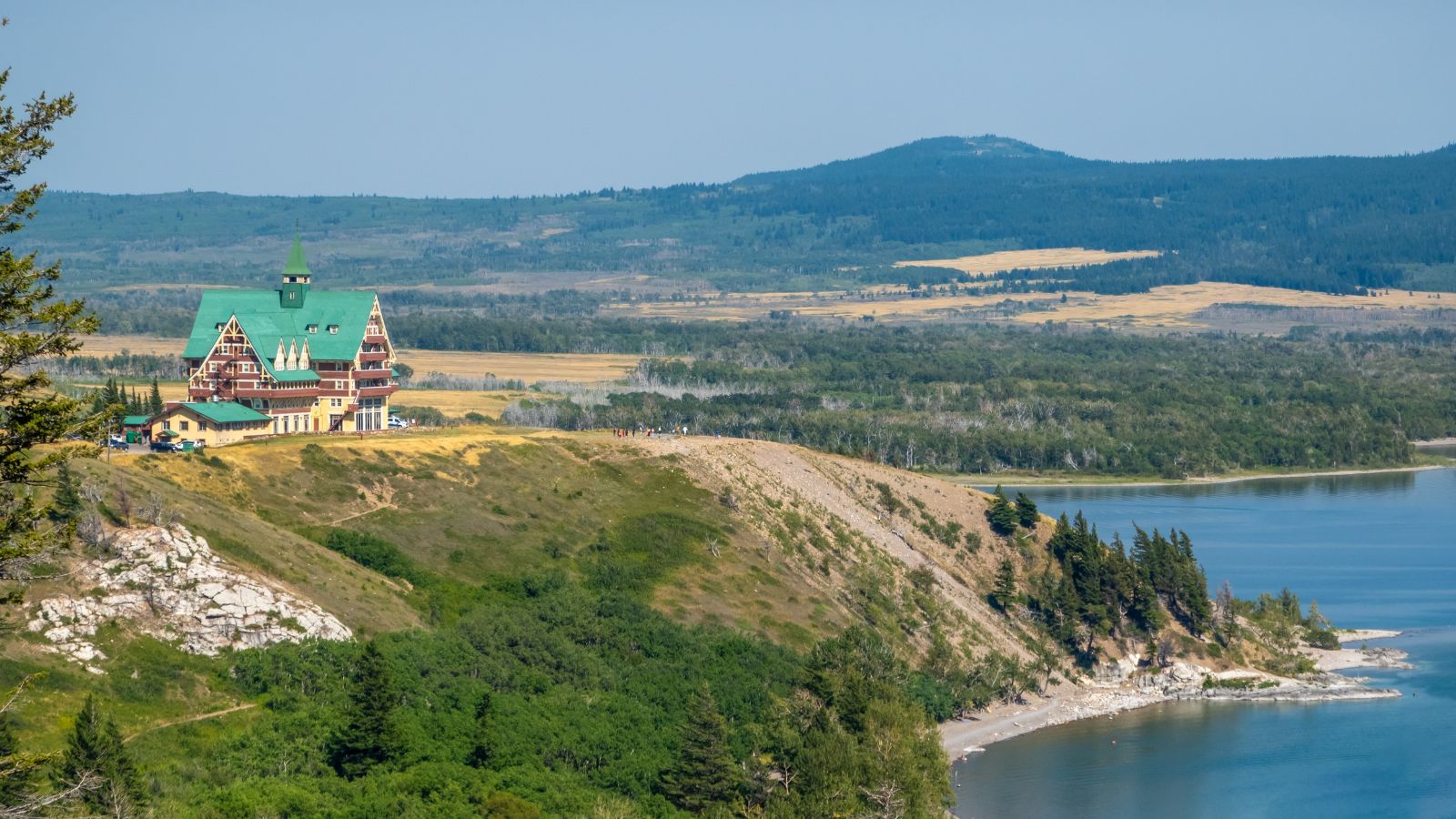
This park is a transitional zone where prairie meets mountain, creating unique biodiversity. However, rising temperatures and more frequent wildfires threaten this fragile balance. Invasive species are also taking hold, displacing native plants and animals. Recovery from the 2017 Kenow wildfire has been slow, revealing how sensitive the region is to climate disturbances.
The Saint Lawrence River, Quebec and Ontario
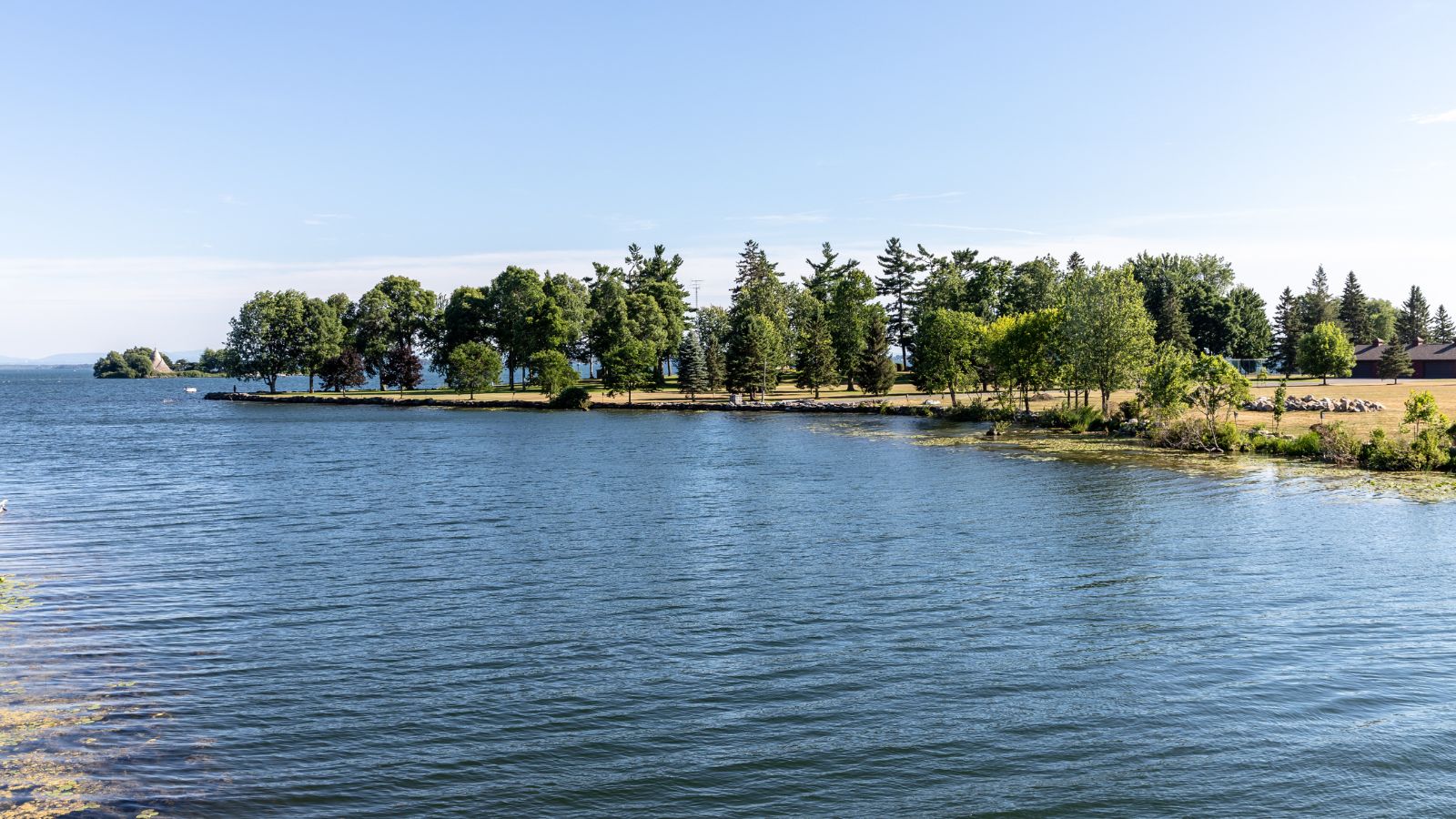
This major waterway is vital for ecosystems, commerce, and communities. Warming waters, lower winter ice cover, and more frequent flooding events pose a triple threat. Fish species such as sturgeon are particularly vulnerable to temperature and oxygen level changes. Erosion and pollution from storm runoff further degrade the health of this iconic river system.
22 Times Canadian Ingenuity Left the U.S. in the Dust

When people think of innovation, they often picture Silicon Valley. However, Canada has a history of innovation, too. Whether it’s redefining sports, revolutionizing medicine, or just showing America up at its own game, Canadian inventors, thinkers, and dreamers have had their fair share of mic-drop moments. Here are 22 times Canadian ingenuity left the U.S. in the dust.
22 Times Canadian Ingenuity Left the U.S. in the Dust
